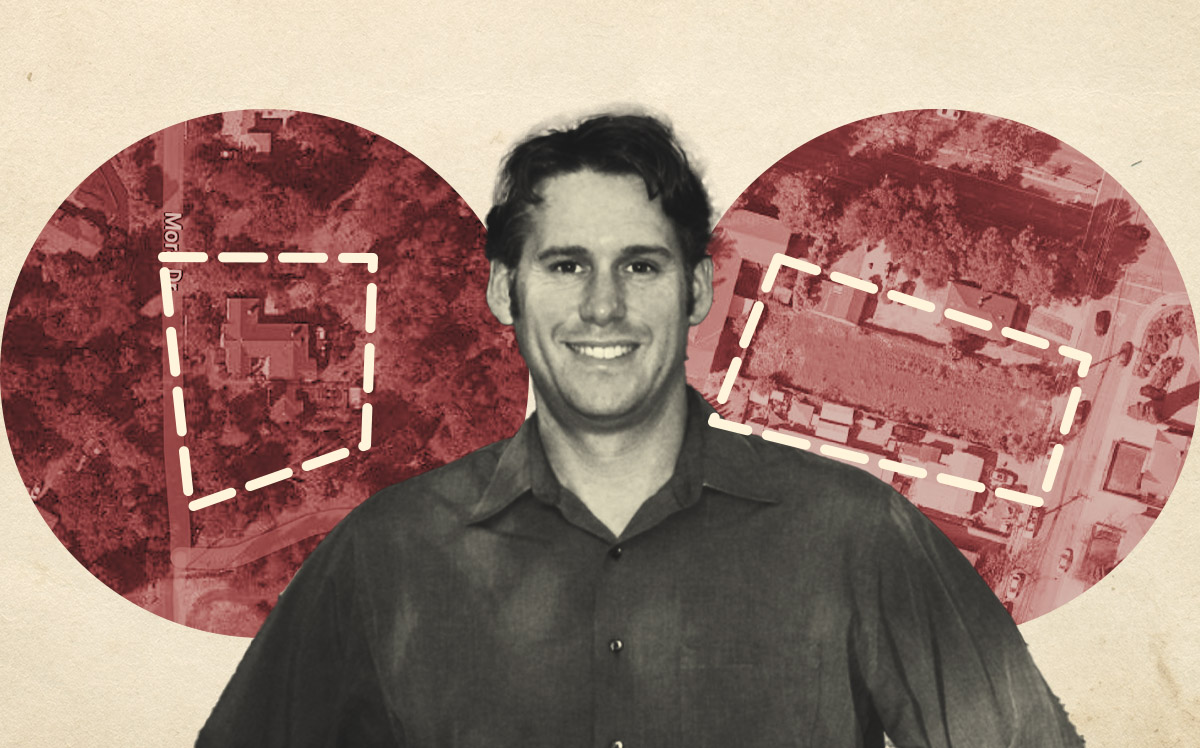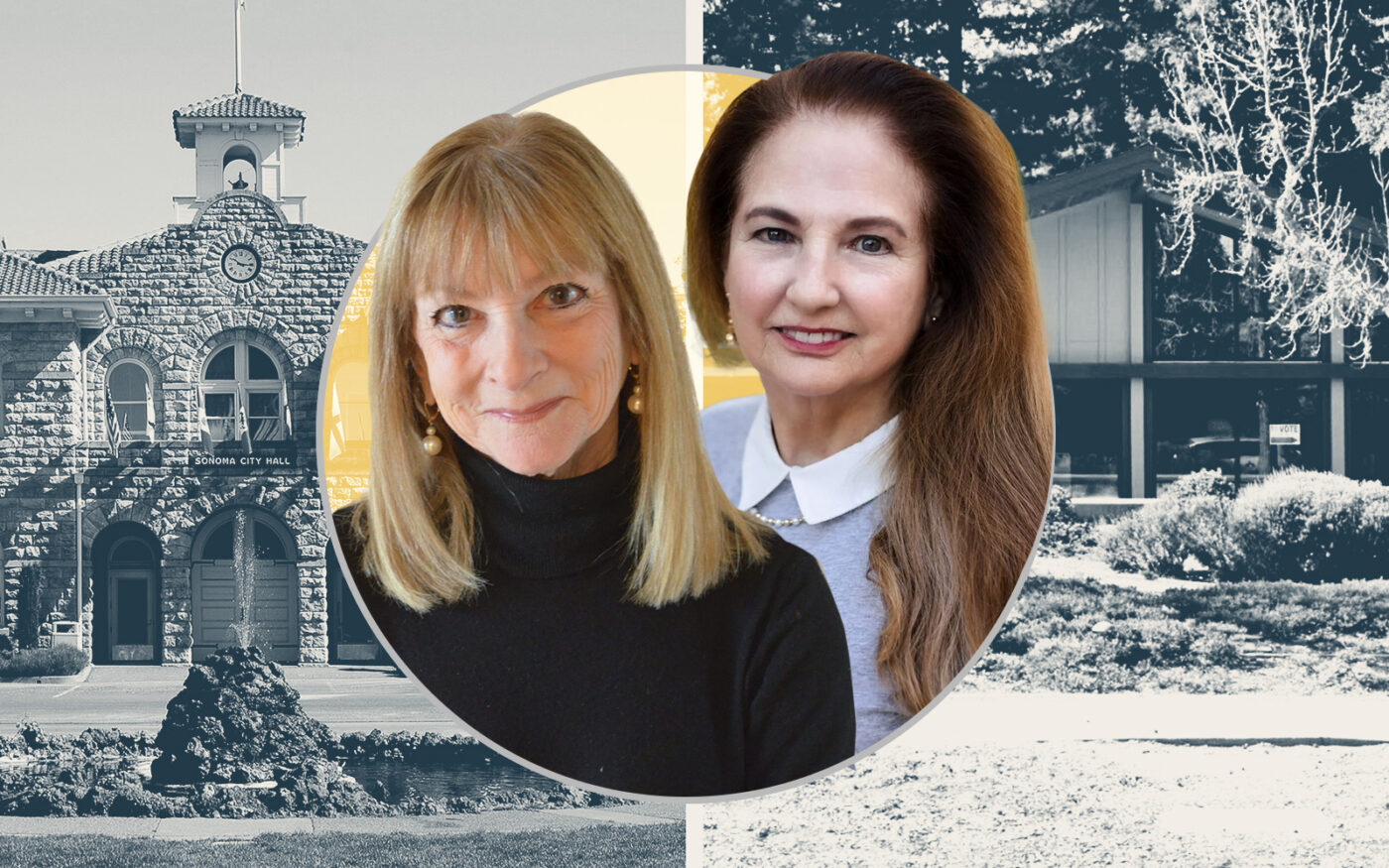Besides being in the Bay Area, Sonoma and the town of Los Altos Hills have another thing in common: they both scoff at builder’s remedy.
The city and town, deemed out of compliance for their state-required homebuilding plans, have refused to accept developers’ applications under the builder’s remedy, a legal loophole that strips local zoning control from cities not compliant with California housing law, the San Francisco Business Times reported.
Sonoma, a Wine Country city 30 miles north of San Francisco, and Los Altos Hills, an affluent unincorporated town in Silicon Valley, insist they are following the law.
They both adopted their state-mandated housing elements — or plans for how much housing they intend to build over the next eight years — by Jan. 31, they say.
Although both did so without state approval, state law keeps them in compliance, they’re claiming.
The Department of Housing and Community development disagrees.
David Zisser, who leads the housing department accountability unit, says jurisdictions must have a housing element that has been approved by the state. “Until they have that, the jurisdiction is out of compliance,” he said.
Builder’s remedy, an untested provision of the three-decades old Housing Accountability Act, is being used by a growing number of developers across the state. The provision allows developers automatic approval if their projects designate 20 percent of their units for affordable housing or if the projects are 100-percent moderate income housing.
This month, 242 jurisdictions across the state were subject to the legal strategy because they hadn’t adopted a state-certified housing element spelling out where future housing can be built.
The city of Huntington Beach has been embroiled in a legal kerfuffle with the state over a decision to ban builder’s remedy and other projects.
So far, neither Sonoma and Los Altos Hills have accepted the builder’s remedy applications they have received since Feb. 1. Both could be open to legal challenges from the state.
As of this week, Los Altos Hills has declined to begin processing a pair of applications for two identical 44-unit apartment buildings on twin lots on the south side of town, according to Forrest Linebarger, who submitted both applications at the beginning of February.
Linebarger, calling the city’s Housing Element “a thrown-together mess,” says he doesn’t buy the town’s claim of compliance.
Sonoma, for its part, outright rejected a pre-application for a 64-unit project submitted under the builder’s remedy Feb. 6, according to the Business Times.
Sarah Tracy, a Sonoma spokeswoman, pointed to a portion of state housing element law that gives cities the right to adopt a housing element that has been rejected by state housing officials, as long as the city includes its rationale for believing it should have been approved.
“We believe we are compliant,” Tracy said, adding Sonoma expects to receive final feedback on its draft from the state in April. “We didn’t just push something through that didn’t have any hope of getting approval.”
Sonja Trauss, executive director of the San Francisco-based nonprofit Yes In My Backyard, which sued a dozen Bay Area cities to enforce housing element law, said the section of state law Sonoma is invoking is meant to protect cities from bad-faith behavior by the state, not justify circumventing state housing law.
Cities that self-certify are essentially sending a message to developers, she said: don’t submit builder’s remedy projects here.
As of this week, the state had deemed eight Bay Area cities in compliance with the law: Berkeley, Emeryville, Oakland, San Francisco, San Leandro, San Ramon, Sebastopol and the city of Alameda.
— Dana Bartholomew
Read more



